Welcome to a fascinating journey through the diverse and unique ways Mahashivratri is celebrated across India and around the globe!
Mahashivratri, the “Great Night of Shiva,” holds immense significance for Shiva devotees, who observe fasts, offer prayers, and engage in various rituals to honor Lord Shiva.
Date and Timings for Maha Shivaratri 2025
Date: Wednesday, February 26th, 2025
Nishita Kaal Puja Time (most auspicious): 12:09 AM to 12:59 AM (February 26th)
Chaturdashi Tithi (Lunar Day):
Begins: 11:38 PM on February 25th, 2025
Ends: 9:24 PM on February 26th, 2025
Let’s explore how this powerful festival is marked by unique customs in different regions.
Mahashivratri Rituals Across India
1. Kashi Vishwanath Temple, Varanasi

In Varanasi, one of the holiest cities in India, the Kashi Vishwanath Temple has become a focal point of Mahashivratri celebrations. Devotees take a holy dip in the Ganges and then proceed to the temple to offer milk, honey, and bael leaves to the Shiva Linga. The city is adorned with lights, and there is a continuous chanting of “Har Har Mahadev” throughout the night.
The temple is believed to be one of the twelve Jyotirlingas, the most sacred abodes of Lord Shiva. The rituals here are elaborate, beginning with the Mangala Aarti early in the morning and culminating with the Shayana Aarti late at night. Devotees often undertake a pilgrimage to Varanasi, considering it a once-in-a-lifetime spiritual experience.
Fun Fact: Did you know that Varanasi is considered the spiritual capital of India? The energy here during Mahashivratri is palpable and truly divine.
2. Karnataka’s Jog Falls
In Karnataka, Mahashivratri at Jog Falls is unique because of the grand ‘Jagarana’ (night vigil). Devotees stay awake all night singing bhajans and performing traditional dances like the ‘Veeragase’, a vigorous dance form dedicated to Lord Shiva.
Jog Falls, one of the highest waterfalls in India, becomes a hub of activity during Mahashivratri. The surrounding temples, especially the Mahabaleshwar Temple in Gokarna, see a surge in pilgrim visits. The Veeragase dance, performed with great passion, symbolizes the valor of Lord Shiva’s followers and is a spectacle not to be missed.
3. Mandi Fair, Himachal Pradesh

In Himachal Pradesh, the Mandi Fair, also known as ‘Shivratri Fair’, sees hundreds of local deities, known as ‘Devtas’, carried in palanquins to the Bhootnath Temple to pay homage to Lord Shiva. This unique gathering of gods and goddesses makes it a sight to behold.
The Mandi Shivratri Fair is a week-long event, starting on the day of Mahashivratri. It is believed that this tradition started in the 16th century. The fair not only holds religious significance but also serves as a vibrant cultural festival featuring local music, dance, and handicrafts.
4. Kashmir’s Herath

In Kashmir, Mahashivratri is known as ‘Herath’, a celebration lasting several days. The highlight is the preparation of a special dish called ‘Watuk’, consisting of fish, mutton, and greens, symbolizing wealth and prosperity. Devotees also perform the ‘Vatuk Pooja’, a ritual unique to Kashmiri Pandits.
Herath is derived from the Sanskrit word ‘Hararatri’, meaning the night of Hara (another name for Shiva). The festival is deeply ingrained in the Kashmiri culture, and the rituals are performed with great devotion in every household. Special prayers are offered, and the Watuk Pooja involves placing symbolic items in a pot, which represents Lord Shiva and Goddess Parvati.
5. Tamil Nadu’s Annamalaiyar Temple, Tiruvannamalai
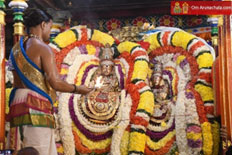
In Tamil Nadu, Mahashivratri is grandly celebrated at the Annamalaiyar Temple in Tiruvannamalai. Devotees participate in the ‘Girivalam’, a ritualistic walk around the sacred hill of Arunachala, which is believed to be a representation of Lord Shiva himself.
The Girivalam or traverse of the Arunachala Hill is a 14-kilometer trek that devotees undertake barefoot. It is believed that walking around the hill on Mahashivratri night with a pure heart brings blessings and spiritual merit. The Annamalaiyar Temple, with its towering gopurams, is a magnificent sight, especially during the festival.
Poll Time: Have you ever participated in a pilgrimage? Share your experiences in the comments below!
Mahashivratri Rituals Around the World
1. Mauritius

Mauritius, with its significant Hindu population, celebrates Mahashivratri with great fervor. Devotees walk long distances to Ganga Talao (a sacred crater lake), carrying ‘Kanwars’, or decorated bamboo structures, to fetch holy water for the temple rituals.
The pilgrimage to Ganga Talao is a deep spiritual journey for Mauritian Hindus. The lake, also known as Grand Bassin, is surrounded by temples and is considered the most sacred Hindu site in Mauritius. The rituals performed here mirror those of the Indian subcontinent, emphasizing the cultural ties between the two regions.
Did You Know? Ganga Talao is believed to have been blessed with water from the Ganges River in India.
2. Nepal’s Pashupatinath Temple

In Nepal, Mahashivratri is celebrated at the famous Pashupatinath Temple in Kathmandu. The temple hosts thousands of sadhus (holy men) who gather here to perform rituals, including the consumption of cannabis, which is considered sacred and offered to Lord Shiva.
The Pashupatinath Temple, a UNESCO World Heritage Site, is one of the most significant temples dedicated to Lord Shiva. During Mahashivratri, the temple becomes a melting pot of religious fervor, with sadhus performing various austerities and rituals, symbolizing the ascetic lifestyle of Lord Shiva.
Quick Quiz: What is the significance of cannabis in Shiva worship? Share your thoughts in the comments below!
3. Indonesia’s Bali

In Bali, Indonesia, Mahashivratri is known as ‘Maha Shivaratri’ and involves fasting, meditation, and a cleansing ceremony called ‘Melukat’. The Balinese Hindus use this day to introspect and purify their souls.
The Melukat ritual in Bali is a purification ceremony where devotees bathe in holy water to cleanse their body and soul of past sins. The day is marked by quiet reflection, temple visits, and offerings to Lord Shiva. It highlights the syncretic blend of Hinduism unique to Balinese culture.
4. Trinidad and Tobago
In Trinidad and Tobago, Mahashivratri is observed by visiting the local temples where devotees chant mantras and offer prayers throughout the night. The celebrations often include cultural programs showcasing traditional Indian music and dance.
The Indo-Caribbean community in Trinidad and Tobago maintains a rich tradition of celebrating Mahashivratri, reflecting their ancestral roots. The festival is not only a religious event but also a cultural celebration that brings the community together, showcasing the vibrant Indian heritage in the Caribbean.
Your Turn: How Do You Celebrate Mahashivratri?
We’ve taken you on a whirlwind tour of Mahashivratri rituals across India and the world. Now it’s your turn! Share your own experiences or unique rituals from your region. Let’s make this a vibrant community space filled with stories and traditions. Drop your comments below!
Connect with Us: Follow us on Instagram, Facebook, and Twitter to stay connected and share your Mahashivratri moments with us using the hashtag
#GlobalMahashivratriWithRudralife!











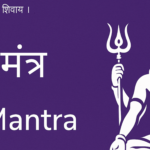

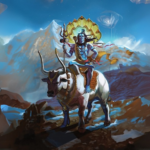

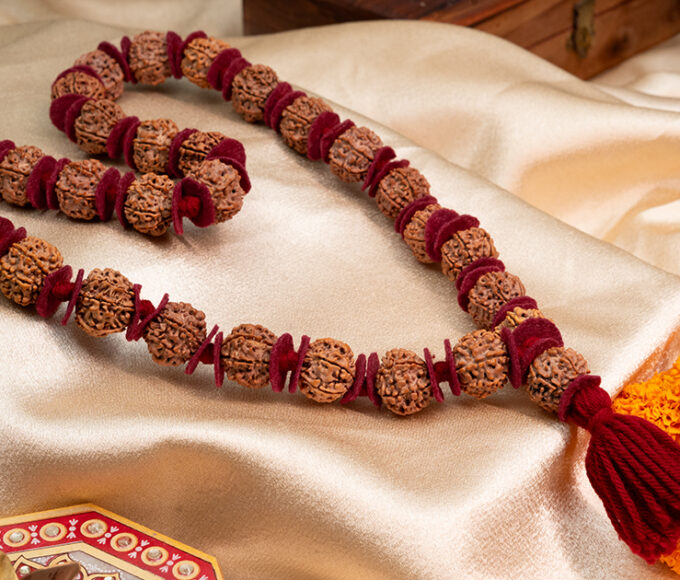
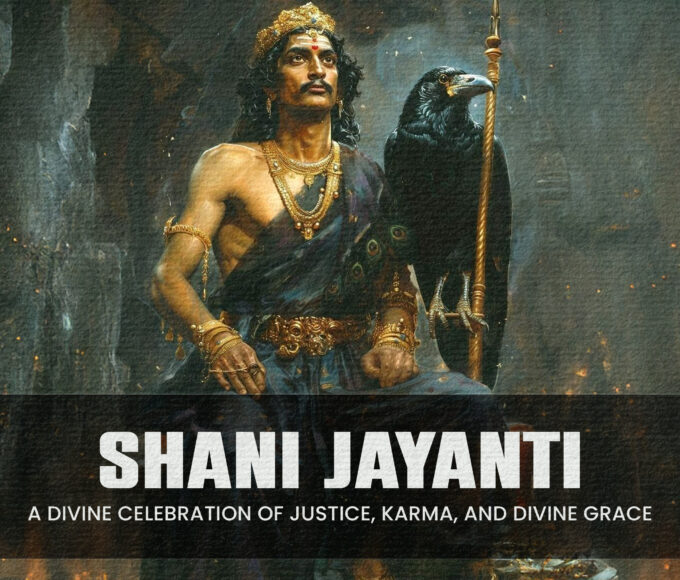
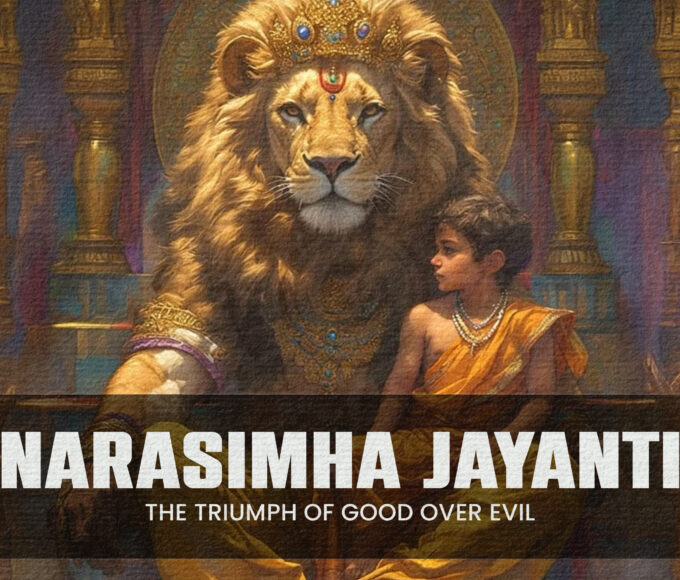
Leave a comment